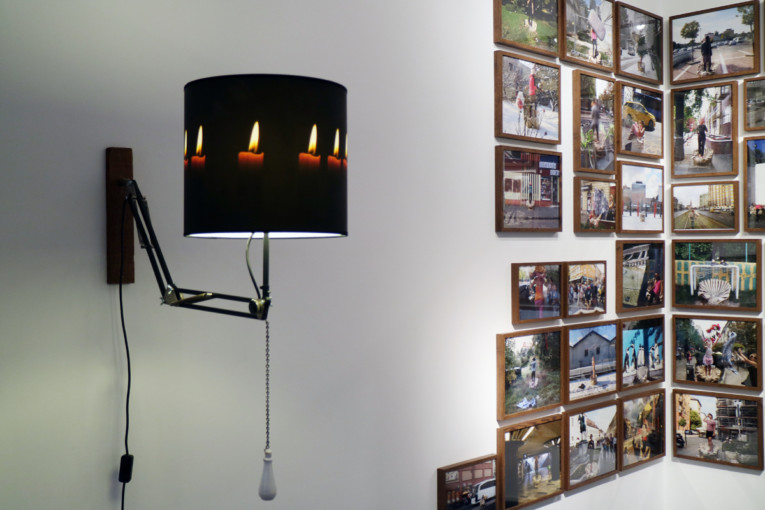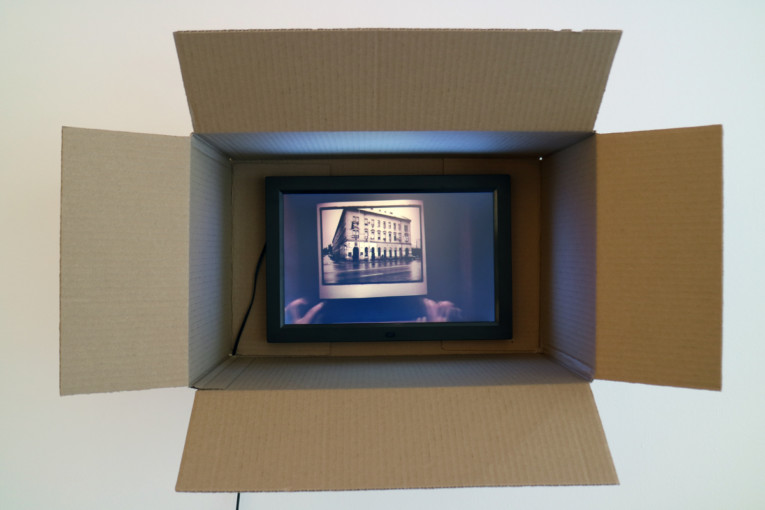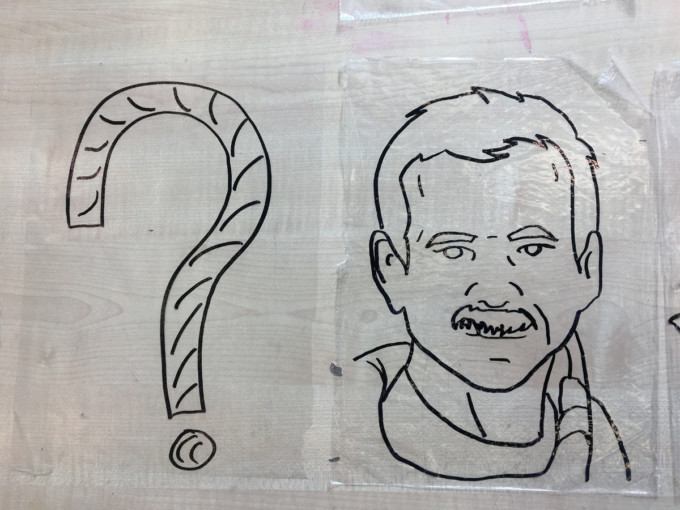2018. JANUARY 30 – MARCH 18.
Ludwig Museum Budapest
The exhibition presents the results of a four-year international program (CAPP – Collaborative Arts Partnership Programme) that was aimed at sharing collaborative art practices with artists and supporting projects involving various communities that seek effective solutions to a particular social problem.

The artists, selected by open-call and their partners carried out seven projects at several locations in Budapest and in the countryside in 2017. The artists worked together with various communities, including marginalized people or groups with specific problems such as pupils in Budapest and Pécs, young people with intellectual disabilities, people with visual impairments, inhabitants of small villages, agricultural entrepreneurs, and Romanies living in a disadvantaged area.
The aim of the projects was to strengthen the social role of the artists and to improve the participants’ quality of life. Participants involved in the creative process sought to solve social problems through their own creativity, experiencing the community’s supportive power in the joint work.
The exhibition presents the achievements of the seven collaborative projects through texts, photos, films and artworks. The exhibition also focuses on displaying the processes and participants’ reflections on social issues, the role of communities and the artists’ position throughout the work.
Projects
ARBORETUM
Antal Malvina, Geröly Tamás Sándor, Gőz István, Juhász Ibolya, Kovács Márk, Lakos Fanni, Lukács Gergő, Makra Viktória, Munkácsi Ádám, Németh Ágnes, Pálfi György László, Szabó Kristóf / KristofLab / Ziggurat Project
TO BE CONTINUED?
Gyenis Tibor / Balogh Viktória, Gubik Viktória, Kovács Balázs, Rumann Gábor, Szabó Csaba Zsolt / Markuly István, Etienne Samin, Kecskés family, Bakos Judit Piroska, Radev Gergő, Bihari Ádám, Vágvölgyi Gusztáv Pabló / Gyüttment Festival / Hegypásztor Kör, Oszkó / Sárkollektíva / Regio Earth Fesztivál / Hagyományos Házépítő Kft.
WE WILL SEE!
Benczúr Emese, Imre Mariann, Szira Henrietta, Szíj Kamilla, Tarr Hajnalka / Istók Imola, Jáger Márta, Tábor István, Pappné Judit, Tolnayné Csattos Márta / Vakok Állami Intézete
ARTISTS IN CLASSROOMS
Erdei Krisztina, Fischer Judit, Juhász Rokko, Mécs Miklós, Soltis Miklós, Szabics Ágnes, Szemző Zsófia, Utcai Dávid / T-Tudok Tudásmendzsment és Oktatáskutató Zrt. / Molnár Ferenc Magyar–Angol Két Tanítási Nyelvű Általános Iskola „Grundsuli” / Hallássérültek Tanintézete – Budapest
DRAGON LEE
Gruppo Tökmag (Tábori András, Budha Tamás) / Belső Tűz Egyesület, Komló
„I LIKE BEING A FARMER AND I WOULD LIKE TO STAY ONE”
Antje Schiffers / Erdődi Katalin / Sallai János / Kovács Orsolya / Sárosdi Róbert és Judit
FLOATING HOUSE
Zsin Bence / Fogd a Kezem Alapítvány / Pécsi Tudományegyetem Művészeti Kar / Pécs-Somogyi Általános Iskola
Curator of the exhibition: Szipőcs Krisztina
CAPP Project Manager: Simon Andrea
The exhibition is part of the CAPP Collaborative Arts Partnership Programme, funded by the EU’s Creative Europe Programme.
























